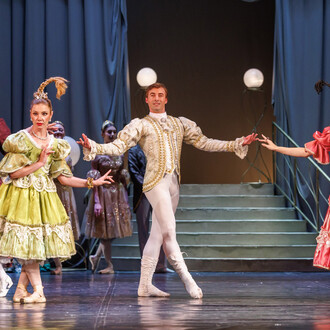Privileged as I am to have a bit of a sneaky preview of this major and terrifyingly massive show, I have to confess that the stated premise of calibrating human emotion with colour in art, brought to mind those rather nauseating mood rings or the curling novelty paper-thin fish from the inside of Christmas Crackers.
In short, my worst suspicions about the collision between the literality of pseudo-colour theory and the applied behaviourism of Skinner-on-artists all rolled into one. When I say that the show is massive, I mean massive; there are over 400 works here by 125 artists whose roll-call reads like a ‘who’s who’ from the past three centuries. But despite these early misgivings, the association with curator Carolyn Christov-Bakargiev lent this project a seriousness and credibility I would otherwise not have accorded to it.
What I actually found were some of my all-time favourite works and a great sense of playful balance between the up-to-the-minute and the quaintly historical. I was delighted to see the platonic debris of Cragg’s ‘Riot’ (1987), cavorting across the wall, reminding us yet again that the geopolitical turbulence of Thatcherite Britain in the 1980’s is currently revisiting us in an even less welcome form. I may be in a minority, but I always cringe when people refer to art as being ‘timeless’, but the rawness of ‘Riot’ and its impact has not diminished or surrendered to nostalgia at all. In contrast, the recipe restraint of Wolfgang Laib’s ‘Milestone’ (1983), made from milk and marble is an understated delight that fills the imagination and senses with wonder.
Manet’s ‘Le citrone’, from around one hundred years earlier, assumes an acidic, rather tongue-in-cheek quality, but similarly highlights the distance travelled between the confines of painting and the ontological/existential challenge of post/neo-conceptualism. Vasarely’s ‘Vega 222’ (1969-70), stands up well, as do substantial works by Boetti, Ellsworth Kelly, the sadly, very recently demised Gustav Metzger, through to personal favourites such as Paolini, Noland and Ruff.
I freely recount that this show is just too massive for me to take in in a single mouthful, and I shall return in late March, hopefully to interview curator Christov-Bakargiev. The questions I am rehearsing relate to a number of areas, including the resident neuroscientific study lab and its functions and findings, (i.e. what’s it for?) and is this social science research or clinical project?
My bigger quibble relates to gender, and if I came away with a single nagging perception of this absolutely fabulous and jaw-dropping display, then it was ‘where are the women?’ Though I haven’t counted, female artists are eminent by their disproportionate absence, which I do find rather strange.
This is an absolute, must-see blockbuster, brilliantly selected in terms of the mix (forgive the pun - palette’s and all), stunningly curated in superb venues and the kind of show I used to love to see. I say this because I came away feeling an odd mix of nostalgia for the (relative) optimism of the late 1980’s, and a disappointment that the premise seemed not to enable the inclusion of more brilliant women colourists, thinkers and artists. If I get to ask Carolyn the question, I will let you know in a further instalment.
















